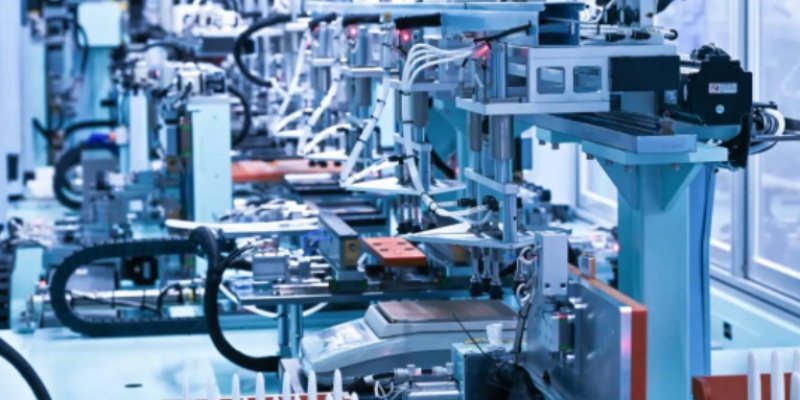CATL Launches the "Xiaoyao Dual-Core Battery," Ushering in a Multi-Core Era of Energy Freedom
On April 21, 2025, CATL (Contemporary Amperex Technology Co. Limited) held its first Super Tech Day, unveiling three groundbreaking EV battery products — the Sodium-ion Passenger Vehicle Battery, the Xiaoyao Dual-Core Battery, and the second-generation Shenxing Superfast Charging Battery — along with one storage battery product: the Sodium-ion 24V Integrated Start-Stop Battery for heavy-duty trucks. These disruptive innovations push the boundaries of battery technology and mark the beginning of a new multi-core era for the new energy industry.
The Xiaoyao Dual-Core Battery introduces an entirely new design that bridges different chemical systems, breaking the technical limitations of single-chemistry solutions to meet customized user needs.
This flagship product is built upon CATL’s dual-core architecture and its pioneering self-forming anode technology, offering deep integration between structure and intelligence. The dual-core structure means the battery pack houses two powerful and independent "energy zones." It features five major dual-core capabilities: high-voltage, low-voltage, structural, thermal management, and thermal runaway protection — all of which ensure continuous, stable, and safe power output. This dual-core design, combined with intelligent software coordination, is expected to provide more stable and reliable power supply for Level 3 and Level 4 autonomous driving vehicles in the future.
The self-forming anode technology represents a revolutionary breakthrough at the atomic level, enabling a 60% increase in volumetric energy density and a 50% increase in gravimetric energy density, allowing more power to be packed into the same space for extended driving range. The technology is also highly adaptable to various material systems. When paired with ternary chemistries, energy density can exceed 1000 Wh/L.

The Xiaoyao Dual-Core Battery also pioneers the "Battery-on-Battery Range Extension" technology, which intelligently adjusts the energy distribution between the two zones based on vehicle driving status and user habits. The main energy zone can be customized with different chemistries depending on everyday driving needs, while the range extension zone leverages high energy-density self-forming anode technology to provide additional power for long-distance travel.
Three cross-chemistry dual-core solutions were revealed at the event
● Sodium-Iron Dual-Core Battery: Combines sodium-ion batteries with LFP (lithium iron phosphate) batteries using self-forming anode technology. This takes advantage of sodium-ion's superior low-temperature performance for an extended range even in cold environments.

● Iron-Iron Dual-Core Battery: Pairs the second-generation Shenxing Superfast Charging Battery with LFP batteries featuring self-forming anode technology. This setup enables pure electric ranges of over 1,000 kilometers on vehicles with wheelbases close to 3 meters, while reducing commuting costs to just 0.1 RMB per kilometer.

● Ternary-Iron / Dual Ternary Dual-Core Batteries: Combines ternary NMC batteries with LiFePO4 LFP batteries using self-forming anode technology. The main energy zone's ternary battery can reach peak charge rates of 12C, delivering more than 1 megawatt of power. Even when battery charge drops to 20%, it can still output over 600 kW. The upgraded version — the "Dual Ternary" Dual-Core Battery — featuring two ternary systems (one with self-forming anode tech), can reach 180 kWh capacity and 1,500 km pure electric range in sedans with a 3-meter wheelbase.

The Xiaoyao Dual-Core Battery is user-centric, allowing different chemical systems to collaborate and complement each other. This approach overcomes the limitations of single chemistry systems, enabling customizable battery performance across different price points and application scenarios.
This innovative architecture — from dual-core to multi-core — will not be limited to electric passenger vehicles but will also expand into electric buses, heavy-duty trucks, aircraft, ships, and industrial/commercial applications, accelerating the full-scale industrialization of new energy across all scenarios. It will also speed up the adoption of cutting-edge technologies such as solid-state batteries.

